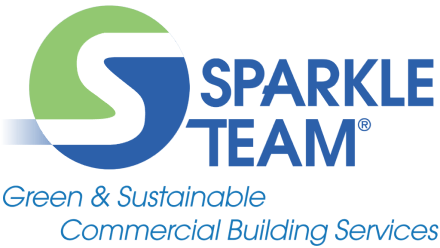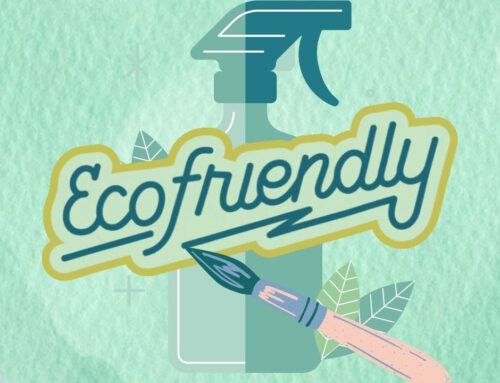Can Third-Party Certified Green Cleaning Products Benefit your Facility?
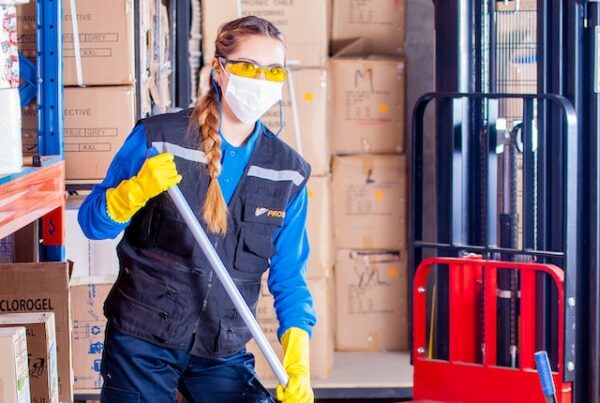
Not all types of commercial cleaning are made equal. True green cleaning goes beyond mere surface sanitation by reducing the negative environmental and health impact of the cleaning process. These strict, science-backed protocols are outlined by industry-recognized green building certification programs. Whether or not your facility is pursuing green building certification as a goal, adopting a more eco-conscious cleaning service with third-party certified green cleaning products can still prove immensely valuable. Here, we break down green cleaning industry standards, the most prominent green certification programs, and how this type of cleaning can best serve your facility.
What does green building-compliant cleaning mean exactly?
Though details may vary from program to program, green cleaning standards consistently depend on:
- The use of third-party certified green cleaning products and equipment
- Staff trained in the best eco-conscious cleaning practices
- The reduction of waste and use of renewable supplies where possible
Which common green building certifications require a green cleaning program?
1. Leadership in Energy and Environmental Design (LEED):
 The most widely used green building certification in the world, the LEED rating system assesses the environmental health and sustainability of a building, including its design, construction, operation and maintenance. A LEED-compliant cleaning service must include third-party certified non-toxic cleaning products and green-certified equipment, in addition to energy efficiency and use of renewable/recycled supplies. Following the pandemic, the LEED rating system also increased the number of points received for green-compliant cleaning.
The most widely used green building certification in the world, the LEED rating system assesses the environmental health and sustainability of a building, including its design, construction, operation and maintenance. A LEED-compliant cleaning service must include third-party certified non-toxic cleaning products and green-certified equipment, in addition to energy efficiency and use of renewable/recycled supplies. Following the pandemic, the LEED rating system also increased the number of points received for green-compliant cleaning.
2. WELL Building:
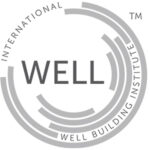 Managed by the International WELL Building Institute, the WELL Building Standard evaluates how the built environment can “enhance human health and wellbeing” based on seven factors including the quality of air, water and light. With this in mind, the program requires the use of non-toxic, hypoallergenic cleaners, “without introducing chemicals that might adversely impact indoor air quality.”
Managed by the International WELL Building Institute, the WELL Building Standard evaluates how the built environment can “enhance human health and wellbeing” based on seven factors including the quality of air, water and light. With this in mind, the program requires the use of non-toxic, hypoallergenic cleaners, “without introducing chemicals that might adversely impact indoor air quality.”
3. Fitwel:
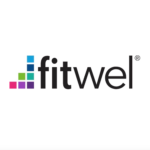 Launched in 2016, the Fitwel healthy building certification program focuses on the health and wellbeing of building occupants. As such, their cleaning policy focuses on sanitation and illness prevention. In response to COVID-19 outbreak, they also designed specific disinfection protocols for controlling contagious diseases.
Launched in 2016, the Fitwel healthy building certification program focuses on the health and wellbeing of building occupants. As such, their cleaning policy focuses on sanitation and illness prevention. In response to COVID-19 outbreak, they also designed specific disinfection protocols for controlling contagious diseases.
Why a green cleaning protocol may be right for you
Certification:
Green building certifications not only judge a building’s construction, but also its daily operations and maintenance. That’s why these programs carefully assess a facility’s cleaning service. At SparkleTeam, our cleaning protocols are already compliant with the most reputable green building certification programs. For our clients, we also provide supporting documentation and consultation throughout the application process.
Health Benefits:
Even if a facility is not pursuing green building certification at this time, choosing a green-compliant cleaning program can significantly improve occupants’ health. This is because green cleaning can achieve rigorous sanitation standards without using products and equipment that contribute to indoor air pollution. SparkleTeam also provides green-compliant cleaning for all our facilities, whether or not they are pursuing official certification.
Environmental Impact:
Cleaning that is compliant with green building programs can provide valuable support to a facility’s ongoing sustainability efforts. It is an accessible, seamless way for facilities to automatically reduce their waste and improve their overall environmental health through an essential service they already use.
